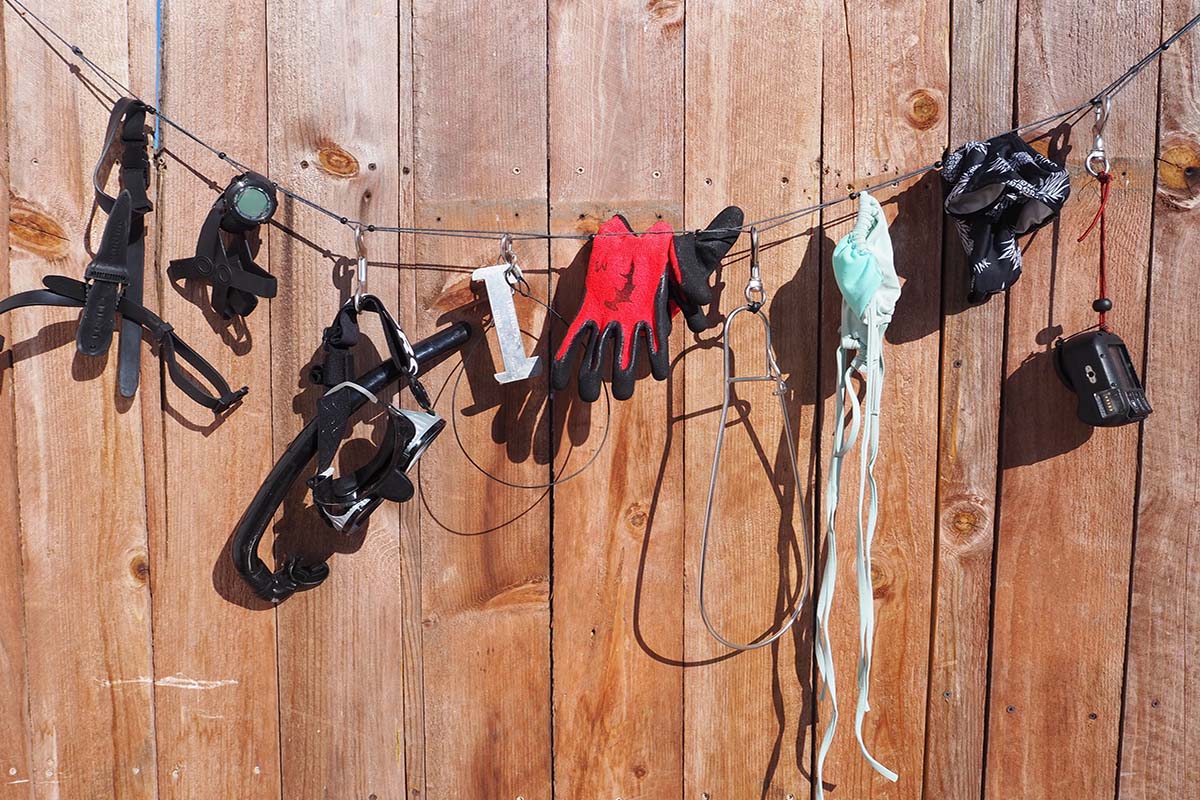Seven Spots for a U.S. Camp-and-Dive Trip
Diving is an underwater-safari. As a lover of the outdoors, it’s one I don’t want to end when I leave the water. Turning a dive trip into a camp trip makes that happen, and it keeps my dive trips affordable. These seven epic spots tee-up outdoor adventure from sunup through sundown.
Ginnie Springs, Florida
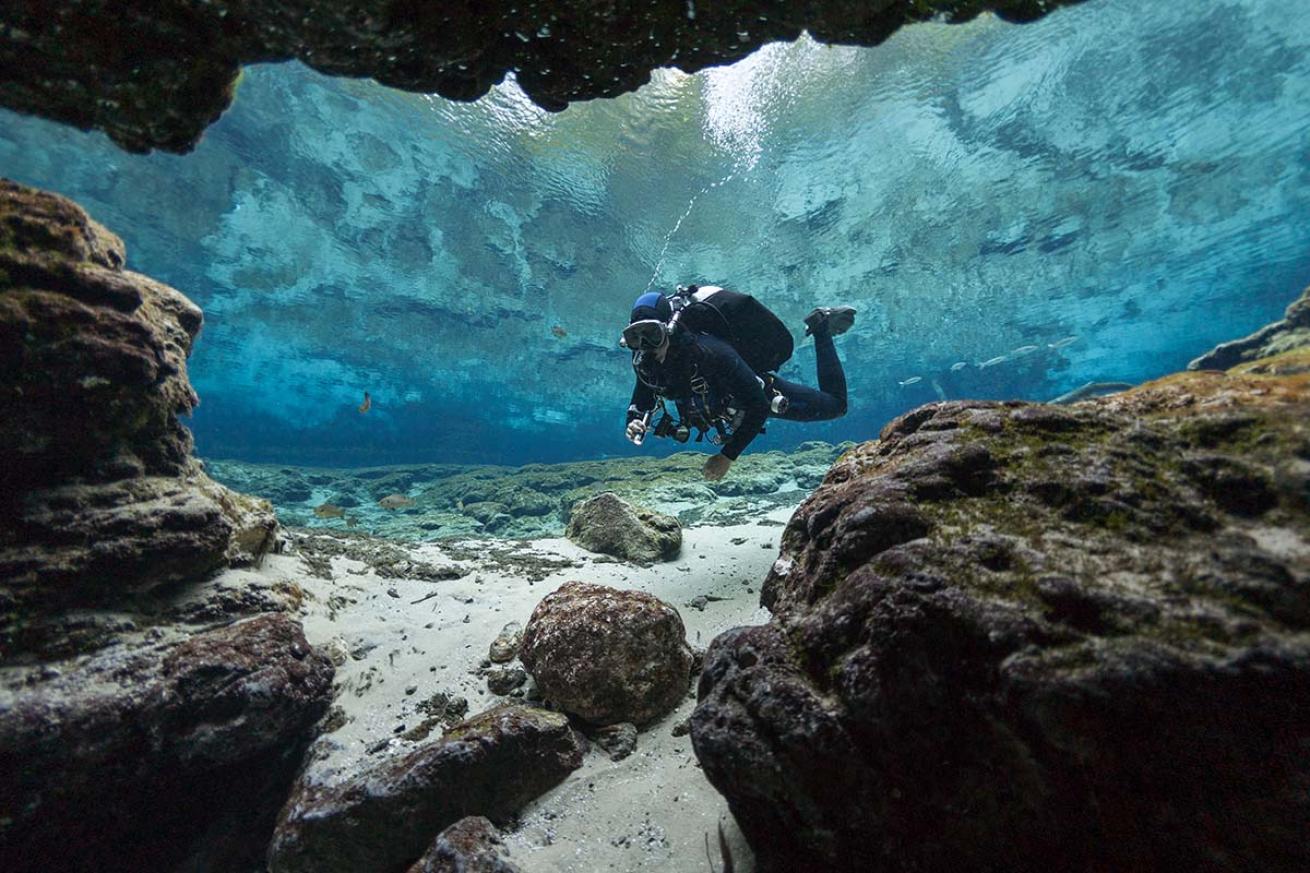
Shutterstock.com/Valerijs NovickisSplash into freshwater Florida.
At the privately-owned Ginnie Springs park, primitive campsites are first-come-first-serve and don’t require reservations; the cushier sites with water and electricity do. Visit during the off-season to avoid the crowds of students, and prepare for crystal-clear, 72-degree water at any of the three dive sites within the park: the Devil’s Spring System, the Ginnie Ballroom or the Santa Fe River. Both the camp and dive sites are located within the park.
Monterey, California
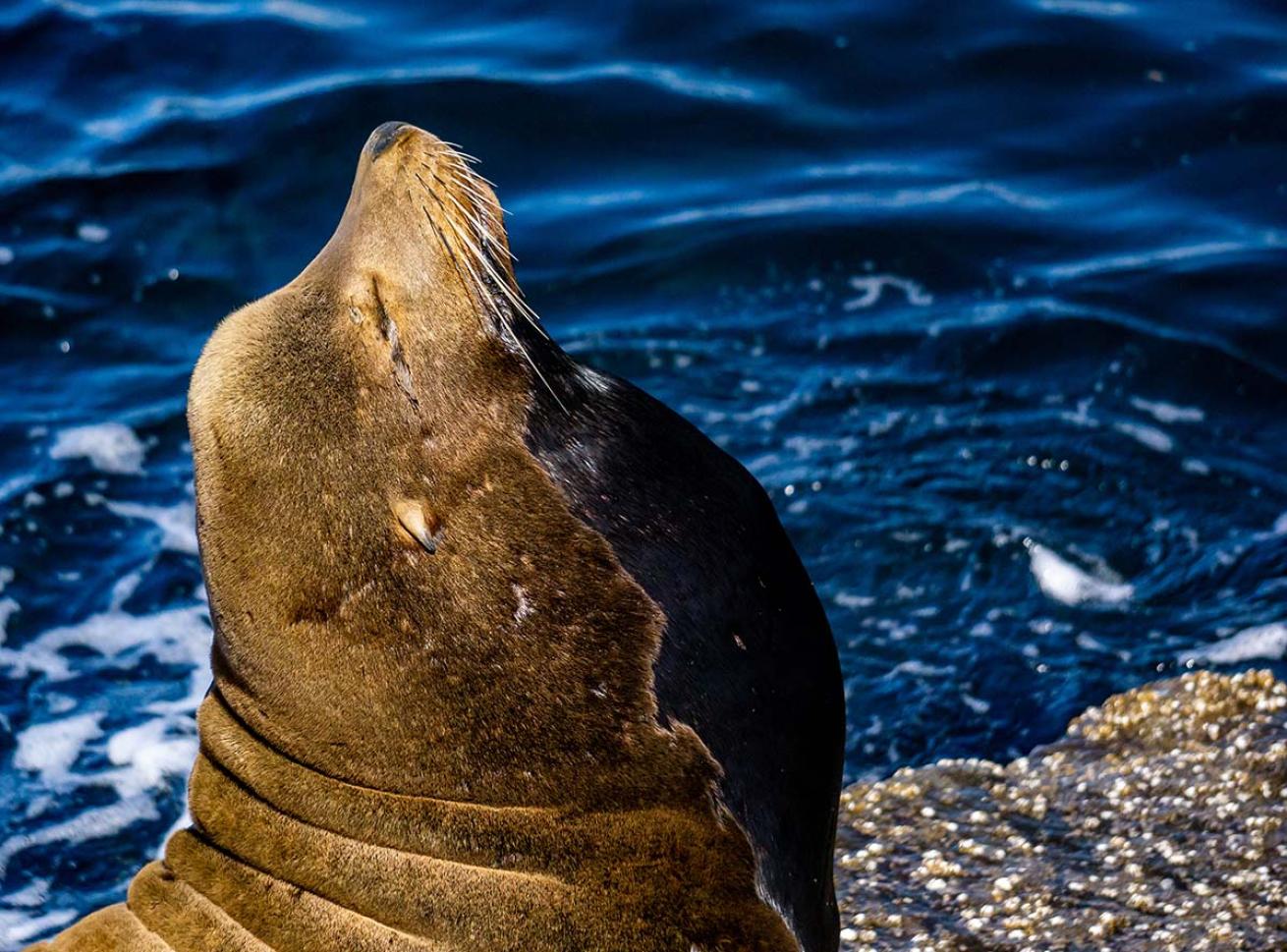
Shutterstock.com/Travis RobinsonA sea lion basks on San Pedro Beach.
If urban camping floats your boat, the city of Monterey sports its very own campground only a 10-minute drive from dozens of gorgeous kelp-filled sites including San Carlos Beach, where a large, constructed breakwater hosts a colony of sea lions and cormorants that often play with you underwater, and McAbee Beach where an easy shore entry leads to a kelp forest with abundant marine mammal life. Another good option is Lovers Point, where rays and harbor seal are often spotted at the three unique dive sites around the point. After your dives, you can relax at the campsite at Veterans Memorial Park, which has clean bathrooms and showers. Book early—the campground is small and fills up quickly in peak seasons.
Maui, Hawaii
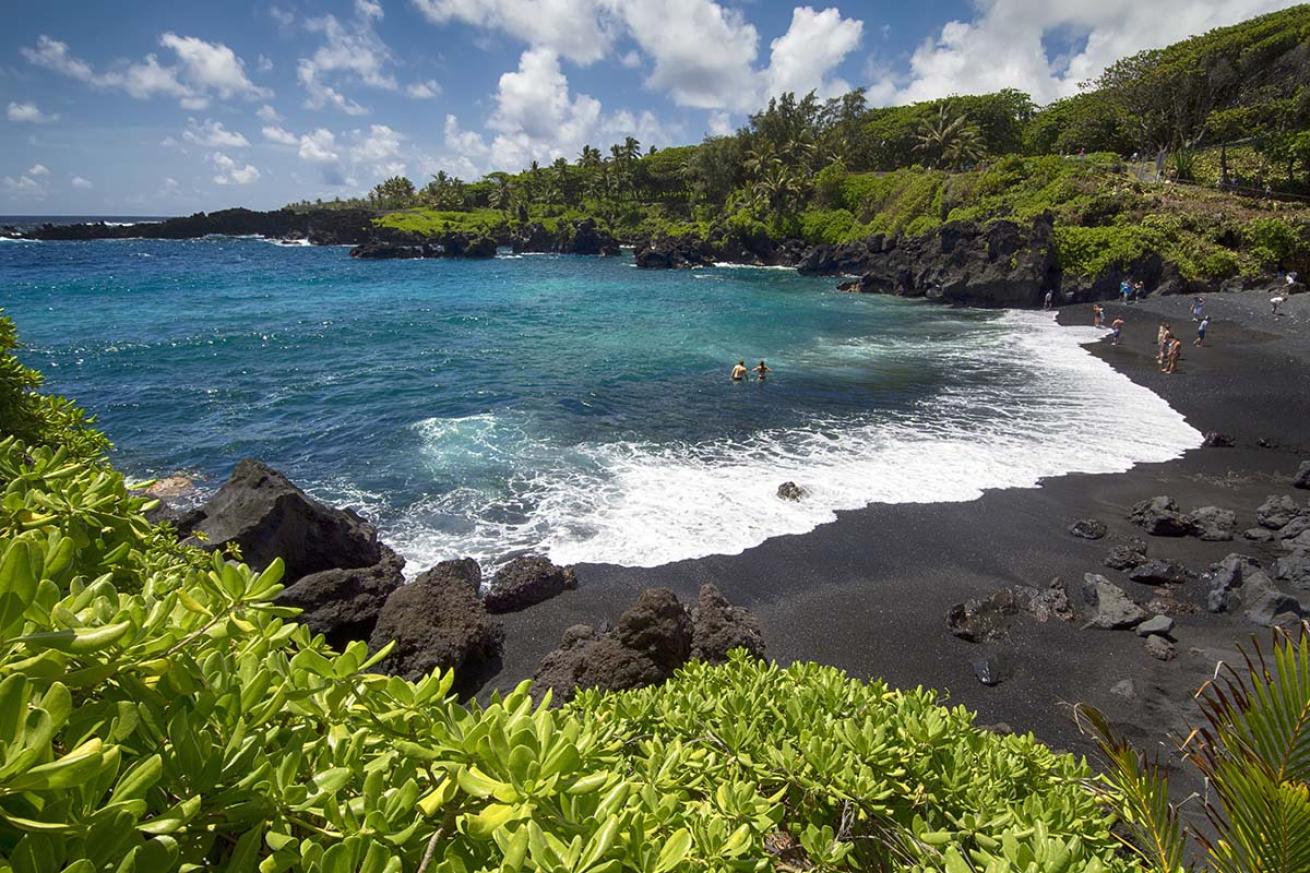
Shutterstock.com/Photo ImageEnjoy world-famous black sands at Waianapanapa State Park.
It’s hard to beat a colorful Hawaiian sunset enjoyed from the comfort of your tent. On Maui, Makena Landing Park is home to Five Caves at Makena Landing, one of the island’s most popular sites, where turtles, fish, rays and sharks are commonly spotted. You can also book a boat tour and dive to see the Lanai Cathedrals—unreal underwater lava tubes only a short ride from Maui. In Waianapanapa State Park, you can visit Maui’s famous black-sand beach, Pailoa, and pitch a tent at the Waiʻānapana State Park campground. Inland camping is available at Polipoli Spring State Recreation Area. Don’t forget to get your state park entrance and parking reservations and camping permit ahead of time. Finally, explore your options on Hipcamp.com, the AirBnB of camping that allows you to pitch a tent on someone’s land.
Thunder Bay National Marine Sanctuary, Alpena, Michigan
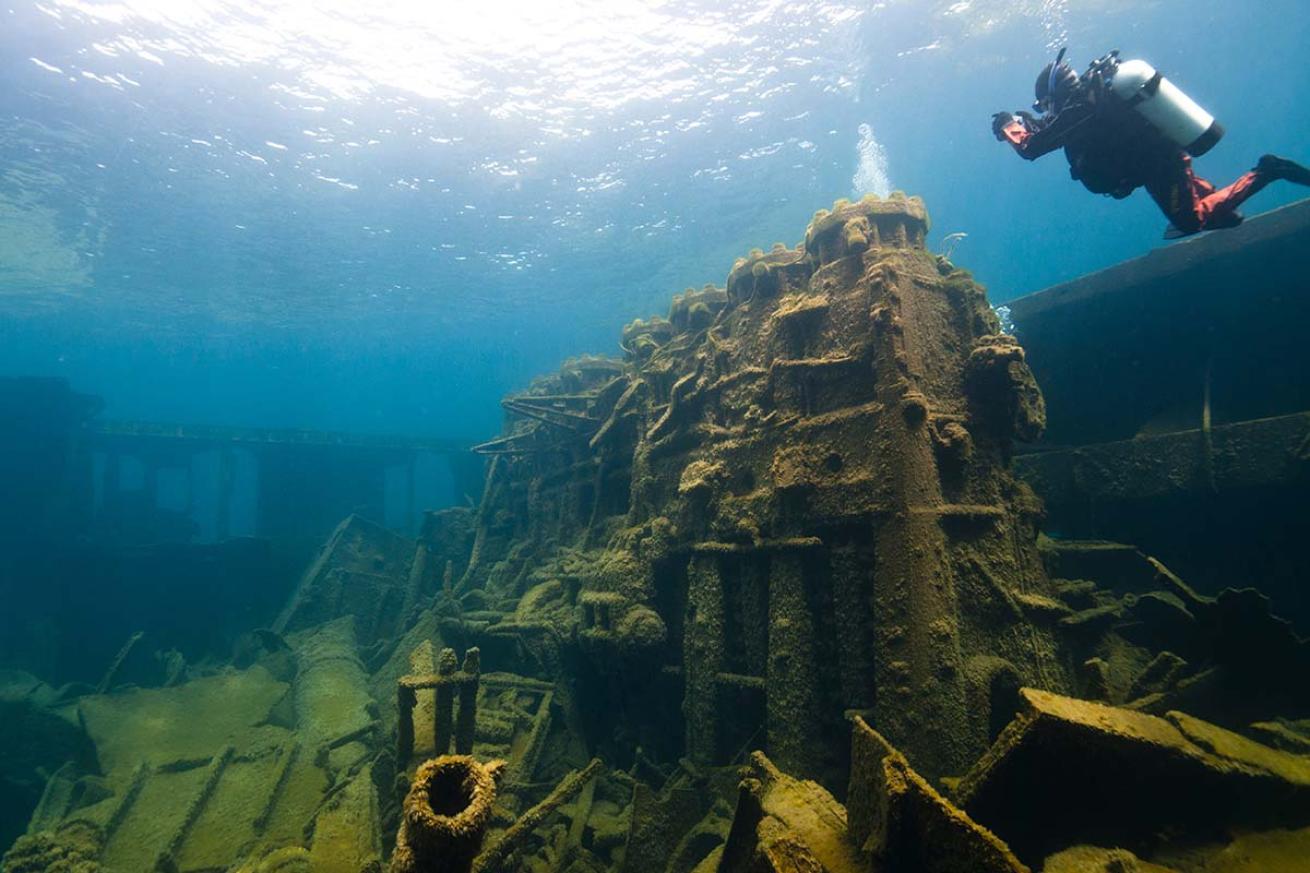
Shutterstock.com/Love LegoA diver descends to the Nordmeer wreck in Thunder Bay National Marine Sanctuary.
Lake Huron should be on every maritime-history buff’s radar. This massive body of water makes encompasses the 4,300-square-mile Thunder Bay National Marine Sanctuary off the shores of Alpena. Essentially an underwater maritime museum, its impressive collection of nearly 100 wrecks—also known as “Shipwreck Alley”—date back to the 1800s. The Thunder Bay River State Forest campground, just nine miles outside of town, has frontcountry camping right along the river, a boat launch and hiking trails for longer surface intervals. The coastline of Lake Huron is dotted with shore-accessible wrecks, such as the Joseph S. Fay and the schooner Portland, but others are accessible via charter, such as the William P. Rend and the E. B Allen. Temperatures can shift between the high 40s to the low 60s in this area, so drysuits are recommended for more comfortable diving.
Channel Islands, California
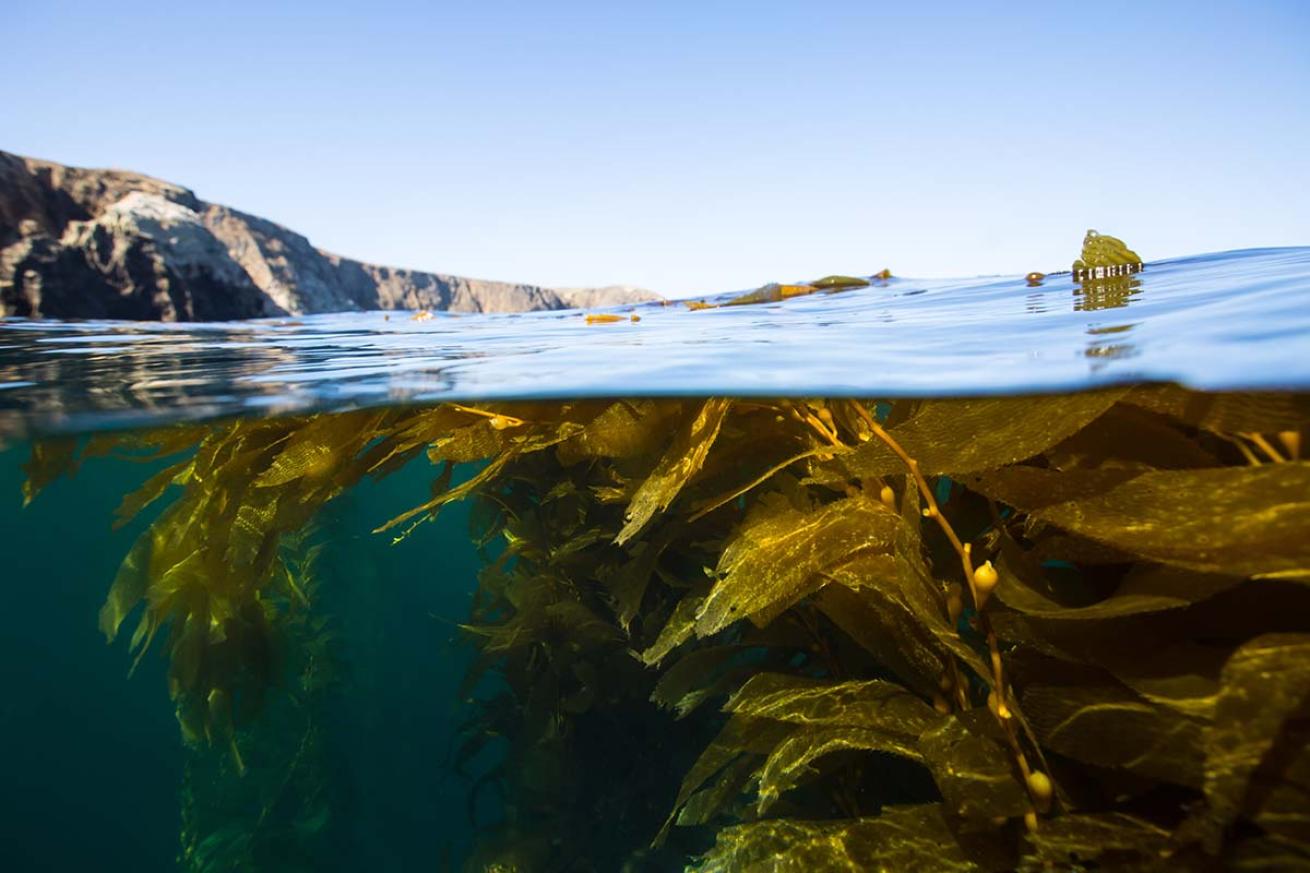
Shutterstock.com/Katherine MooreA kelp forest off Anacapa Island in Channel Islands National Park.
The Channel Islands National Park, a chain of five islands offshore of Southern California, is home to marine mammals, lush kelp forests and colorful rocky reefs. Campsites are available on four of the islands: Santa Cruz, Santa Rosa Santa Barbara, Anacapa and San Miguel. You can reach the islands via ferry, charter or private boat from Ventura, Long Beach, Santa Barbara or Oxnard. Camping on the mainland and diving from day charters is also an option; multiple day charters and the Island Packers ferry depart from Ventura Harbor, and the Faria Beach Park is only 10 miles away. Hobson Beach Park is another good option, 13 miles from Ventura Harbor. Both parks offer oceanfront sites, firepits and hot showers to warm up after a full day of diving in cool California waters.
Lake Tahoe, California and Nevada
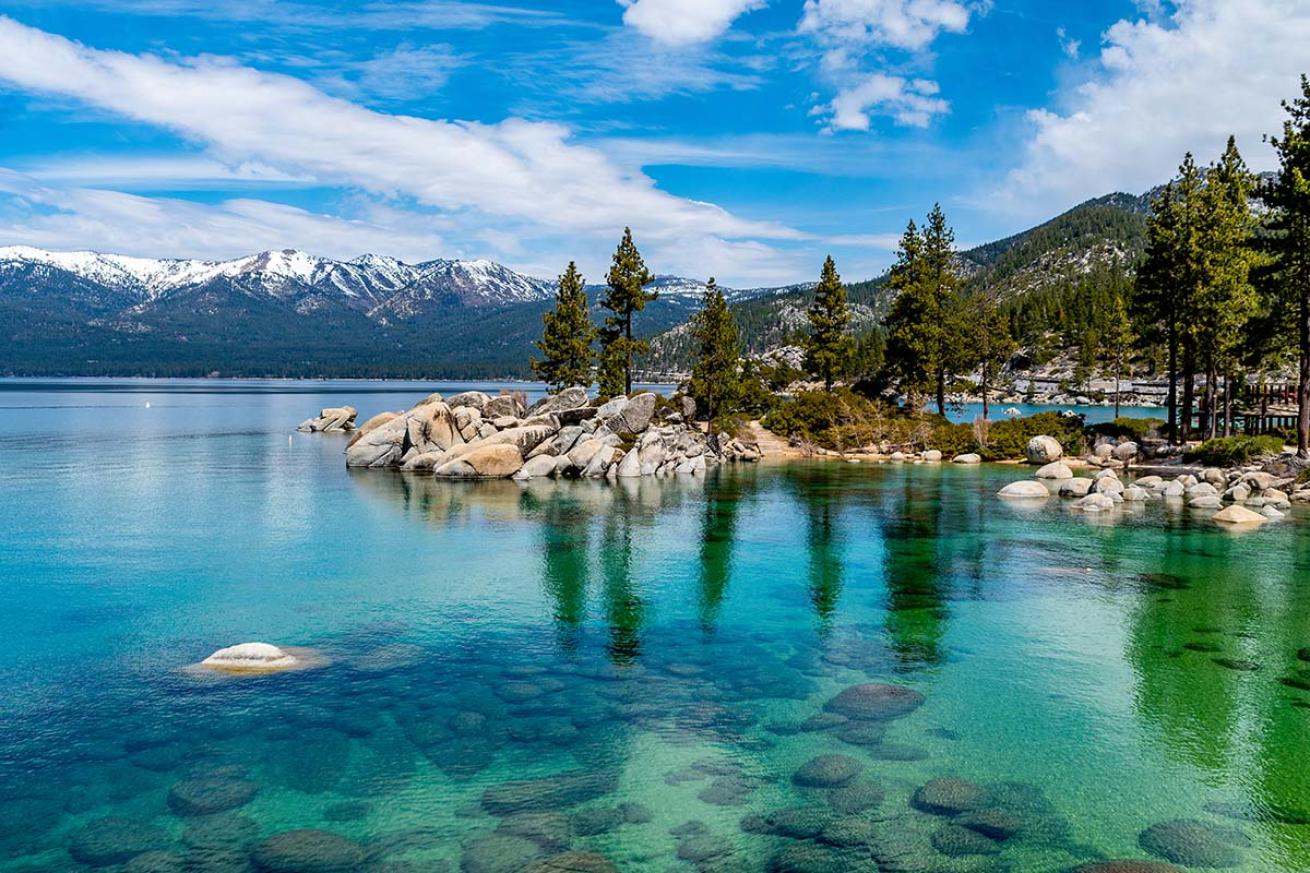
Shutterstock.com/NkneidlphotoHigh-altitude diving brings its own challenges and opportunities, like diving in a lake that spans two states.
Lake Tahoe sits at high elevation, a selling-point for altitude divers and adventurous spirits. Straddling California and Nevada at 6,200 feet high in the dreamy Sierra Nevada, this site requires advanced planning and an Altitude Diver certification. Hurricane Bay and Sand Harbor State Park are two must-dive sites.
There is no shortage of nearby campgrounds and the region is overflowing with bucket-list hikes for your topside time, like Mt. Tallac trail, a ten-mile out-and-back in the Desolation Wilderness, and Cascade Falls Trail, a short jaunt to a waterfall in the Emerald Lake State Park. Eagle Point campground and Emerald Bay Boat Camp—a boat- or walk-in campground—are located within Emerald Bay State Park in South Lake Tahoe, and reservations can be made six months in advance. Summer season gets exceptionally busy, so booking early is recommended. They are close to the Emerald Bay Maritime Trail, a popular dive site that opened in 2018. The trail features several boats and barges and includes underwater interpretive signs about Lake Tahoe’s water recreation history. In the D.L. Bliss State Park, divers can explore Rubicon Point and pitch a tent at the D.L Bliss State Point campground.
While water temperatures can drop into the 30s in the winter, summer and late fall bring the them up to the 70s. Remember to bring your dive flag—it’s the law here.
Mendocino County, California
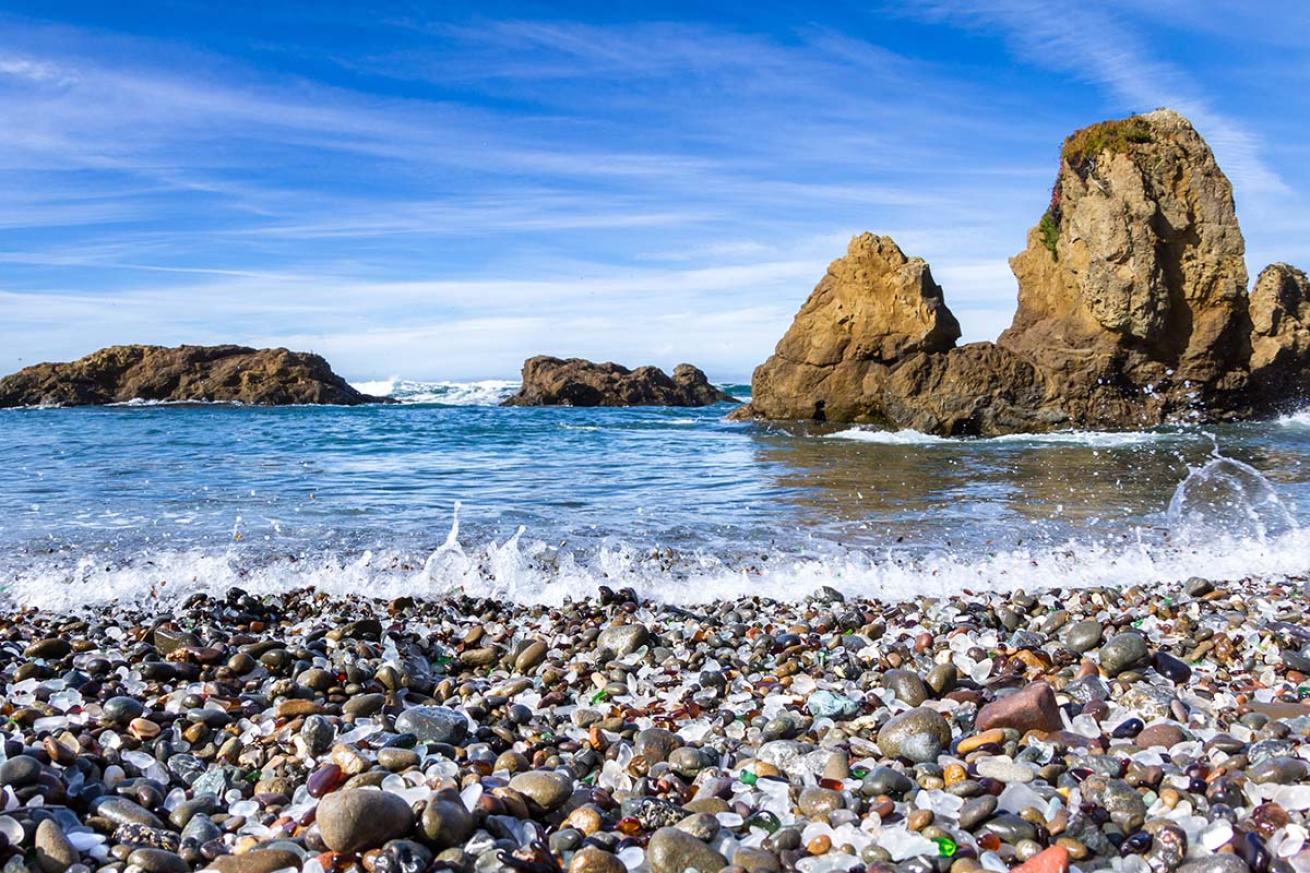
Shutterstock.com/wollertzGlass Beach in Fort Bragg
Diving on the north coast is rugged and chilly, but the kelp forests here coupled with the magnificent coastline are sure to make for some rewarding dives. Check out Glass Beach in Fort Bragg or Caspar Cove, where you can get involved with local conservation efforts to save the kelp by culling urchins underwater. Make sure to check with local dive shops to verify the conditions are favorable before heading to the beach. Big surf and rapidly changing conditions can become dangerous. Caspar Cove is located next to the Caspar Beach RV Park, where tent and RV sites as well as cabins are available for overnight stays.

